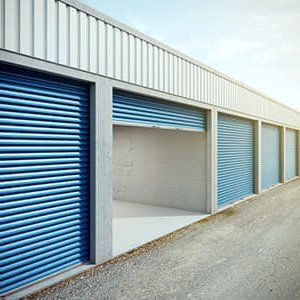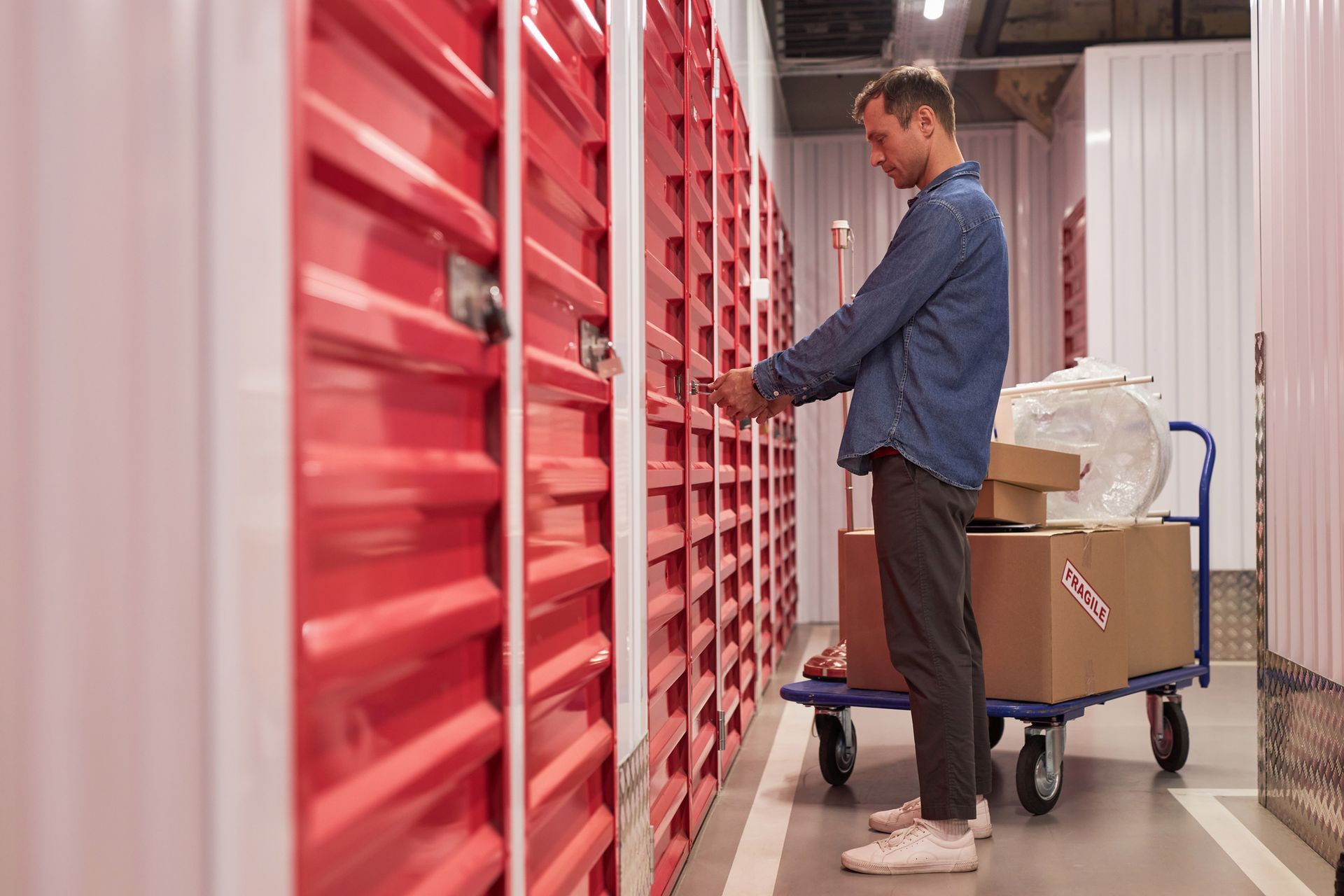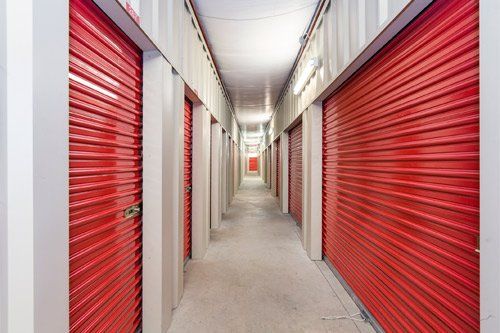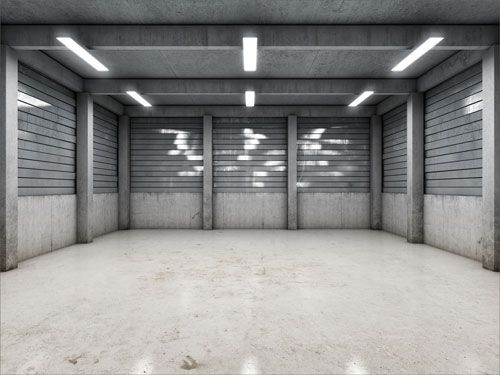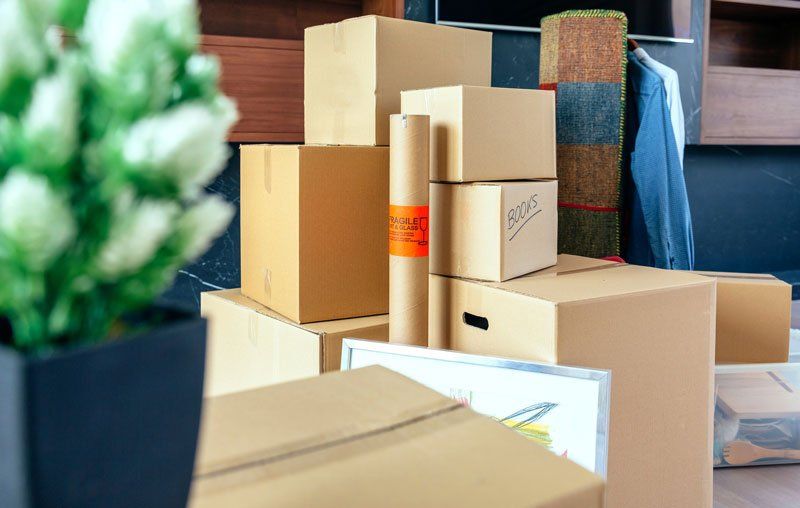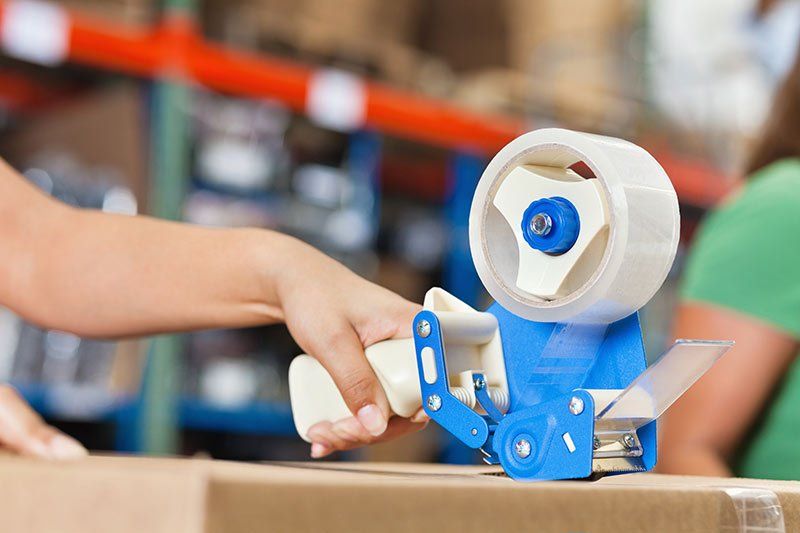The Safe and Secure Place to Store Your Stuff!
Serving Stockton and the Surrounding Area
Blog Layout
3 Tips for Storing a Vehicle in a Storage Unit
Whether you need to house a classic car, plan on not using your car for an extended period, or just need a place to seasonally park your vehicle, renting a self-storage unit can provide you with a safe place to store your car. To prolong your car's lifespan, you have a few tasks that you need to complete before storing your vehicle. Read on to learn three valuable tips for successfully storing your automobile.
1. Decide What Type of Storage Is Best for Your Car
You have a few different options when it comes to storing your car. The best option ultimately depends on your budget, preferences, the length of time you plan to store the car, and your car's specific needs.
One possibility is to store your car in an outdoor storage area. Outdoor storage spots are typically the cheapest, but they also offer the most exposure to the elements, especially those with no roof. Long-term exposure to UV radiation can damage both the interior and exterior of your vehicle.
A covered outdoor storage spot will shield your car from precipitation, but it will still have regular exposure to temperature fluctuations. Outdoor storage is a good solution if you are on a budget, only plan to store your car for a short duration, or need to store a vehicle with a relatively low value.
Indoor storage is preferable for your vehicle, as it offers the most defense against the elements, insects, and changing temperatures. Ideally, you should keep the car in a locked, temperature-control unit to provide the car with the highest level of protection.
2. Prep Your Vehicle Before Storing It
Before you put your vehicle in storage, you need to do a few things to keep it in top-notch shape. Consider detailing your entire car (both the interior and exterior). You don't want dirt or grime to sit on your car's paint or upholstery for months or even years. Have the detailing done on the way to putting your car in storage to make sure the car is sparkling clean.
You also need to tend to the car's engine. Have the oil and fluids changed or topped off so that they are fresh and at capacity. You should also change your vehicle's filters.
While your car is in storage, have a friend or family member periodically get the car out of storage and drive it for a short period of time. However, this isn't always possible. If you know that your car will remain parked for the duration of its time in storage, disconnect your car's battery. This will prevent the battery from permanently losing its charge while your car is in storage.
Lubricate your vehicle's hinges so that they do not rust. You should also apply oil to the engine's cylinders so that they do not corrode.
3. Make Your Vehicle Unattractive to Wildlife
Even when you store your vehicle inside, you always have the chance that a rodent or other unwanted visitor will make its way into your car. Prevent this from happening by blocking off all of the access points to your vehicle. You can use rags to block off the tailpipe and any intake areas that a filter does not cover.
When storing your vehicle outside, you should also cover the vehicle with a waterproof cover to prevent insects from getting on or into your car. For inside storage, sprinkle a few mothballs around your vehicle to make sure that annoying insects stay out.
Do you have a vehicle or household items that you need to store? Contact
B & R Self Storage today so that we can assist you with your long-term and short-term storage needs.
B & R Self Storage
7777 Kelley Drive
Stockton, CA 95207
Phone: 209-474-1911
Email:
bandrstorage@yahoo.com
Office Hours:
Monday-Saturday, 9 a.m.-6 p.m.
Sunday, Noon-5 p.m.
Gate Hours:
Monday-Sunday, 6 a.m.-8 p.m.
Content, including images, displayed on this website is protected by copyright laws. Downloading, republication, retransmission or reproduction of content on this website is strictly prohibited. Terms of Use
| Privacy Policy
^

